How To Use Transmission Electron Microscope ?
To use a transmission electron microscope (TEM), the sample needs to be prepared in a specific way. The sample is first cut into thin sections, typically around 100 nanometers thick, using a microtome. These sections are then placed on a copper grid and stained with heavy metals to increase contrast.
Once the sample is prepared, it is loaded into the TEM and the electron beam is focused onto the sample. The electrons pass through the sample, and the resulting image is projected onto a fluorescent screen or a digital camera. The image can then be analyzed and interpreted.
To obtain the best results, it is important to use the appropriate settings for the TEM, such as adjusting the electron beam intensity and the magnification. It is also important to handle the sample carefully to avoid damage or contamination.
Overall, using a TEM requires specialized training and expertise, as well as careful sample preparation and handling.
1、 Sample preparation
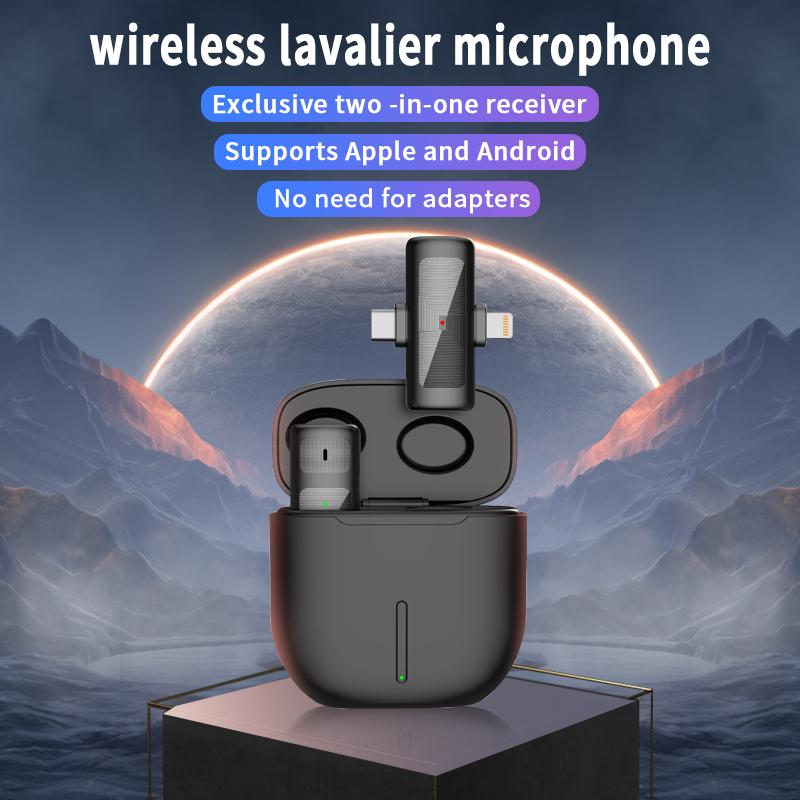
Sample preparation is a crucial step in using a transmission electron microscope (TEM). The sample must be thin enough to allow electrons to pass through it, but also thick enough to provide sufficient contrast for imaging. Here are the steps for sample preparation:
1. Choose the appropriate sample: The sample should be small and thin enough to fit onto a TEM grid. It should also be stable under the high vacuum conditions of the microscope.
2. Fixation: The sample is fixed in a solution to preserve its structure and prevent degradation during preparation.
3. Dehydration: The sample is dehydrated using a series of alcohol washes to remove water and prevent shrinkage during imaging.
4. Embedding: The sample is embedded in a resin to provide support and stability during sectioning.
5. Sectioning: The embedded sample is cut into thin sections using an ultramicrotome. The sections are then placed onto a TEM grid.
6. Staining: The sample is stained with heavy metals such as uranyl acetate or lead citrate to increase contrast and improve imaging.
7. Imaging: The TEM is used to image the sample at high magnification and resolution.
Recent advances in sample preparation techniques have focused on reducing damage to the sample during imaging. Cryo-electron microscopy (cryo-EM) is a technique that allows samples to be imaged at cryogenic temperatures, reducing radiation damage and preserving the sample in a more natural state. Additionally, focused ion beam (FIB) milling can be used to prepare samples for TEM imaging without the need for embedding, sectioning, or staining.
2、 Instrument setup
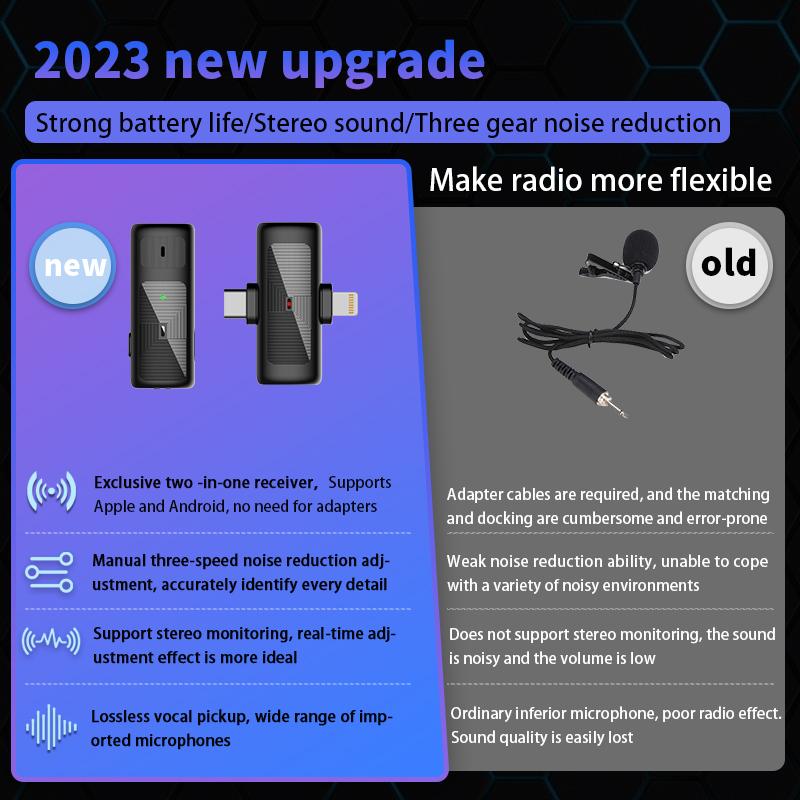
Instrument setup is a crucial step in using a transmission electron microscope (TEM). The first step is to ensure that the microscope is properly installed and calibrated. This involves aligning the electron beam, adjusting the focus, and setting the correct magnification. The sample must also be prepared properly, as it needs to be thin enough to allow electrons to pass through it.
Once the microscope is set up, the sample is loaded onto a holder and inserted into the microscope. The electron beam is then directed onto the sample, and the resulting image is displayed on a screen. The operator can adjust the focus and magnification to obtain a clearer image.
In recent years, advancements in TEM technology have led to the development of new techniques such as high-resolution TEM (HRTEM) and electron energy-loss spectroscopy (EELS). HRTEM allows for the imaging of individual atoms, while EELS can be used to analyze the chemical composition of a sample.
It is important to note that using a TEM requires specialized training and expertise. The operator must have a thorough understanding of the instrument and its capabilities, as well as the sample preparation techniques required for different types of samples. Additionally, proper safety precautions must be taken when working with high-energy electron beams.
3、 Imaging techniques

Transmission electron microscopy (TEM) is a powerful imaging technique that allows scientists to visualize the internal structure of materials at the nanoscale. Here's how to use a transmission electron microscope:
1. Sample preparation: The first step is to prepare a thin sample of the material to be imaged. This is typically done by cutting a thin slice of the material and then using a focused ion beam or other techniques to thin it down to a thickness of a few nanometers.
2. Loading the sample: The sample is then loaded into the TEM, which is a vacuum chamber that contains a high-energy electron beam.
3. Adjusting the microscope: The microscope is then adjusted to focus the electron beam onto the sample and to optimize the imaging conditions.
4. Imaging: Once the microscope is properly adjusted, the sample is imaged by scanning the electron beam across the surface of the sample and detecting the electrons that are scattered or transmitted through the sample.
5. Analysis: The resulting images can be analyzed to determine the structure and composition of the material being imaged.
Recent advances in TEM technology have enabled researchers to image materials with unprecedented resolution and sensitivity. For example, aberration-corrected TEM can achieve resolutions of less than 0.1 nanometers, allowing scientists to visualize individual atoms and defects in materials. In addition, new techniques such as electron tomography and in situ TEM are allowing researchers to study materials under realistic conditions, such as at high temperatures or under mechanical stress.
4、 Image interpretation

How to use transmission electron microscope:
1. Sample preparation: The sample needs to be thin enough to allow electrons to pass through it. This can be achieved by cutting or grinding the sample to a thickness of a few nanometers.
2. Loading the sample: The sample is loaded onto a small grid and placed into the microscope.
3. Adjusting the microscope: The microscope needs to be adjusted to focus the electron beam onto the sample. This is done by adjusting the lenses and the electron beam intensity.
4. Imaging: Once the microscope is adjusted, the electron beam is directed onto the sample and the resulting image is captured by a detector. The image can be viewed on a computer screen and saved for further analysis.
Image interpretation:
Interpreting the images obtained from a transmission electron microscope requires a good understanding of the principles of electron microscopy and the structure of the sample being imaged. The images obtained are in black and white and show the density of the sample. The interpretation of the images can provide information about the size, shape, and structure of the sample. In recent years, advances in electron microscopy have allowed for the imaging of biological samples at high resolution, providing new insights into the structure and function of biological molecules. Additionally, the use of cryo-electron microscopy has allowed for the imaging of samples in their native state, providing a more accurate representation of their structure and function. Overall, the interpretation of images obtained from a transmission electron microscope requires a combination of technical expertise and knowledge of the sample being imaged.












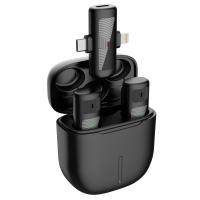
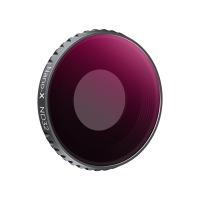
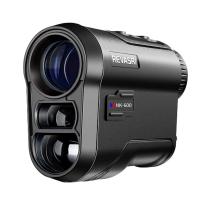






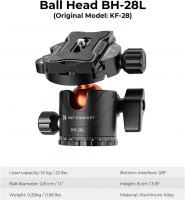




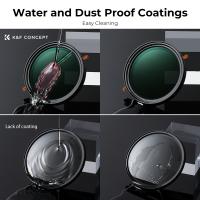


There are no comments for this blog.